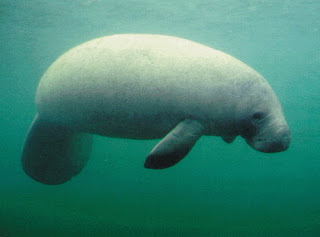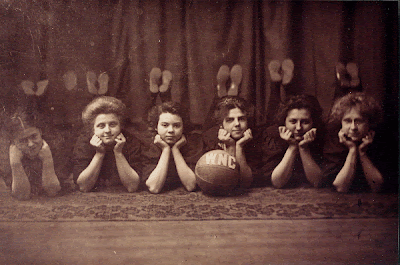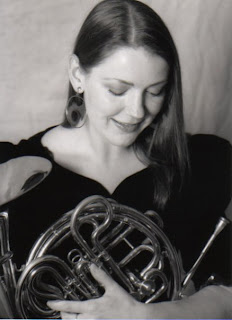If you know me at all, you know I am very concerned for endangered species, probably none more than the manatee.
Manatees are gentle aquatic mammals, herbivores that are most closely related to the elephant. Although they are not as well understood as dolphins, in studies they have shown similar intelligence. They are endangered, numbering only about 4,480. With no natural enemies, manatees are often killed by boat strikes along with other mostly accidental human causes.
Population viability studies carried out in 1997 found that decreasing adult survival and eventual extinction would be a probable future outcome for Florida manatees, without additional protection. Fortunately, the work of concerned citizens and organizations has brought the Florida manatee population up from critically endangered, but their existence is still tenuous.
The
Save the Manatee Club is the manatee’s closest ally. SMC’s role is to protect endangered manatees and their aquatic habitat for future generations. To achieve this mission they work to increase public awareness and education; sponsor manatee research, rescue, rehabilitation, and release efforts; and advocate for strong protection measures, such as boat speed zones, and sanctuaries. SMC also supports research and conservation efforts for other sirenian species around the world.
Starting today, and for the next two weeks, 25% of all my sales will go to the Save the Manatee Club, and I have collected some sea-theme vintage just to tempt you! Please help me help these wonderful animals.
Please visit
denisebrain.com and shop any of my stores to help manatees through the end of April.
































































